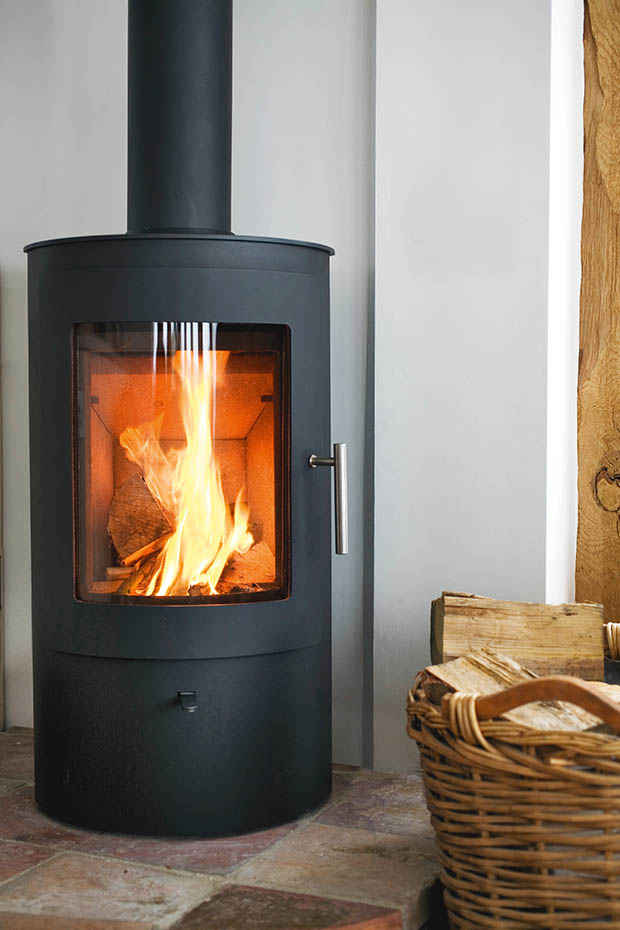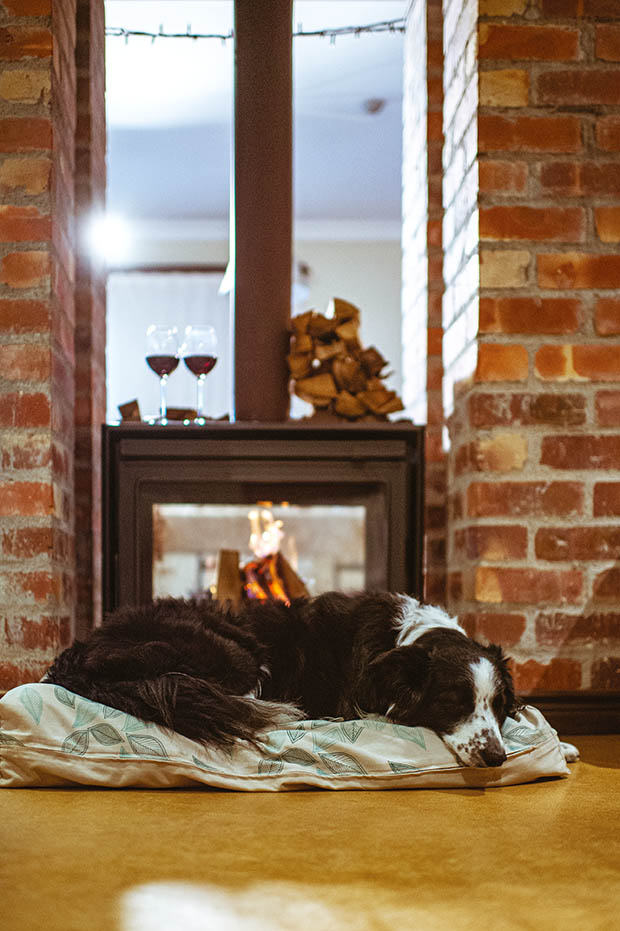How to light your (clean) fire

Modern Wood burning stove in modern interior
A good fire can be clean, if you get a few fundamentals right.
Words: Nadene Hall
A new wood burner, used according to its instructions, burning as cleanly as possible, will heat at 80 percent efficiency.
In comparison:
• a modern heat pump’s efficiency is around 500 percent;
• an electric bar heater burns at 100 percent;
• an old-style, open-flamed gas heater is around 30 percent;
• an old open fire, on its best day ever, only reaches 15-20 percent – on a bad day it will lower the temperature by sucking cold air down the chimney.
Choose an efficient model
Under National Environmental Standards, properties over 2ha don’t have any restrictions on emissions from wood burners. However, the best option for the cleanest (and most efficient) burning fire is an ultra-low emission burner (ULEB).
A ULEB:
• has an emissions and efficiency standard of 38mg per megajoule, or;
• emits less than 0.5g of total suspended particulate (TSP) per kilogram of fuel burned.
It must also have a thermal efficiency of 65 percent or greater.

Choose the right wood
Burning wood produces gases, then turns into charcoal. To cleanly burn both and produce heat, a fire needs to quickly reach a high temperature.
To achieve that, you need to burn properly seasoned wood – left to dry for at least a year – with a moisture content of 12-20 percent.
When Consumer tested different fuel loads in wood burners, it found the cleanest burning of those it tested (radiata, macrocarpa, blue gum, manuka) was seasoned blue gum.
Use a moisture meter to test wood and ensure its moisture levels are optimal.
Clean your flue
If you read your house insurance policy, you may find you’re required to have your flue cleaned by a qualified serviceperson, usually at least once a year. They will also check for anything that needs repairing.
TIP: FMG found fireplaces accounted for 20% of fire claims in 2018. Common causes of fires were embers igniting rugs, carpets, and fireplace surroundings. Hot ashes were another common cause, igniting once removed.
Always place ashes in a non-combustible container. Leave to cool in an area away from your house, not on a porch or just outside a door.

